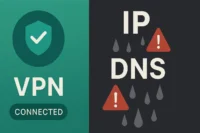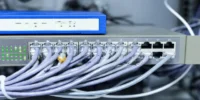What Is a Barcode Reader? Types, Uses, and Benefits
Published: 6 Jun 2024
Barcode Reader
A barcode reader is an essential tool used across various industries to capture and decode information from barcodes. Have you ever wondered how inventory systems efficiently manage thousands of products? With the right barcode reader, you can save time, reduce errors, and improve workflow efficiency. Whether you’re handling stock, retail sales, or logistics, understanding barcode readers can greatly enhance productivity and streamline operations.
What is a Barcode Reader?
A barcode reader is an instrument that scans barcodes to extract and decode the information contained inside them. It is commonly used in retail, logistics, and inventory management to quickly and accurately retrieve product details, streamline processes, and reduce human errors.
| Common Places Where Barcode Readers are Used |
|---|
|
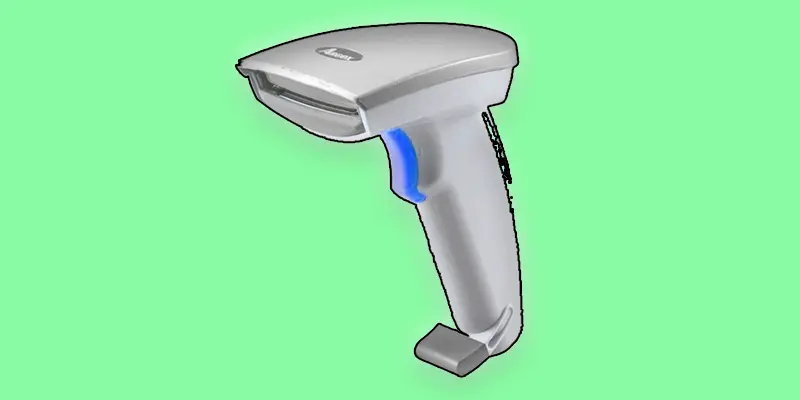
Barcode readers come in various types, each designed for specific scanning needs. Here are the common types of barcode readers:
- Handheld Barcode Scanner
- Stationary Barcode Scanner
- Pen-type Scanner
- Laser Scanner
- CCD Scanner
- CMOS Scanner
- Wireless Barcode Scanner
- Fixed-Mount Barcode Scanner
- Smartphone Barcode Scanner
- Matrix Barcode Reader
- Wearable Barcode Scanner
- Industrial Barcode Reader
Best Handheld Barcode Scanner for Retail Stores
A handheld barcode scanner is a portable device for scanning barcodes in a variety of settings. It allows users to easily capture barcode data by pointing the scanner at the code, making it ideal for retail, logistics, and inventory management.
Stationary Barcode Scanner for Checkout Counters
Stationary barcode scanners are one type of barcode reader. They are fixed to a surface that can be moved around, such as a countertop. These scanners are commonly used in automated systems for high-speed product scanning in manufacturing, logistics, warehouses, checkout, and distribution environments.
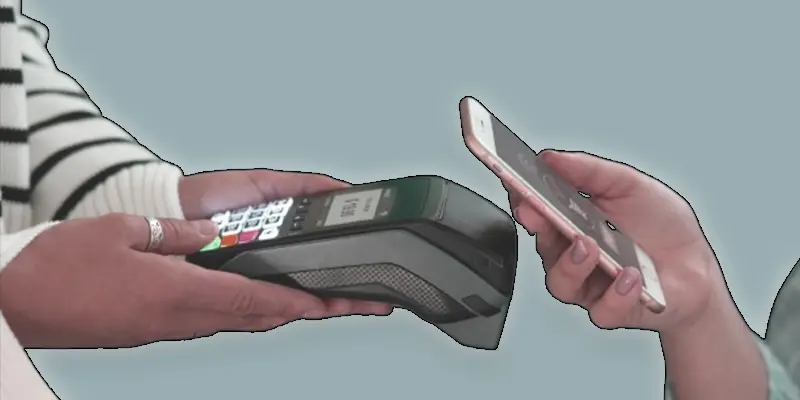
Pen-Type Barcode Reader
A pen-type barcode scanner is a compact and lightweight device that reads barcodes by moving its tip across the code. This type of scanner is ideal for small-scale applications, offering accuracy and ease of use for tasks like inventory tracking or point-of-sale operations.
Laser Barcode Scanner
A laser scanner uses laser beams to read barcodes with high precision, offering fast and accurate scanning even from a distance. This type of scanner is commonly used in retail, warehouses, and logistics for quick data capture in high-volume environments.
CCD Barcode Scanner
Charged-coupled devices (CCD) are barcode scanners that use light sensors to capture an image of the barcode and decode the information. These scanners are durable, reliable, and cost-efficient, and can read poorly printed barcodes, making them ideal for industrial and healthcare settings.
CMOS Scanner
A CMOS scanner uses a complementary metal-oxide-semiconductor sensor to capture barcode data. This type of scanner is energy-efficient and provides fast, accurate scanning, making it ideal for handheld devices and low-power applications.
Wireless Barcode Scanner
A wireless barcode scanner allows for untethered scanning by connecting to devices via Bluetooth or Wi-Fi. It offers greater mobility, making it ideal for environments where users need to move freely while scanning barcodes.
Fixed-Mount Barcode Scanner
A fixed-mount barcode scanner is mounted in a stationary position, allowing it to scan things as they pass by. It is commonly used in assembly lines, checkout counters, or kiosks for continuous scanning without manual handling.
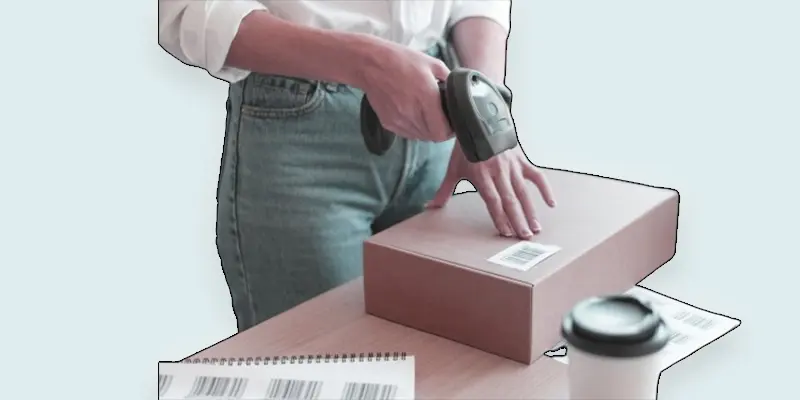
Smartphone Barcode Scanner
A smartphone barcode scanner uses a mobile device’s camera and scanning app to read barcodes. It provides a convenient and portable solution for quick scanning in various environments, such as retail or inventory management.
Matrix Barcode Reader
A matrix barcode reader is designed to scan two-dimensional barcodes, also known as QR codes. It captures more data than traditional barcodes by using a grid pattern, making it ideal for applications such as mobile payments and product tracking.
Wearable Barcode Scanner
A wearable barcode scanner is a small, hands-free device that is worn on the body, usually around the wrist or finger. It allows users to scan barcodes easily while keeping their hands free for other tasks, improving efficiency in environments like warehouses or retail stores.
Industrial Barcode Reader
An industrial barcode reader is a rugged device designed for use in harsh environments, such as factories and warehouses. It can withstand extreme temperatures, dust, and moisture, ensuring reliable barcode scanning in tough conditions.
| Advantages of Using Barcode Readers in Business |
|---|
|
| Disadvantages and Challenges of Barcode Readers |
|---|
|
Conclusion About How to Choose the Best Barcode Reader for Your Needs
Barcode readers come in different types, including handheld, stationary, pen-type, laser, and CCD. Each presents unique features and applications. These barcode readers are important in decoding barcodes quickly and accurately, improving business processes, enhancing productivity, and improving inventory management. The correct type of barcode reader selection depends on the application’s specific requirements, such as scanning distance, scanning speed, and barcode compatibility.
FAQS – Scanner Barcode
A barcode reader number refers to the unique identification number encoded in a barcode that can be scanned and read using a barcode reader.
An optical mark reader (OMR) can detect marks on paper made by a pen or pencil, such as a checkbox, and translate the mark into digital data.
A barcode reader is a device that scans and reads barcodes. It turns the lines and numbers into information a computer can understand.
A barcode reader works by emitting a light source onto a barcode, capturing the reflected light to read the black-and-white pattern of bars, and decoding the pattern into data to be displayed or stored.
In the 1950s, Norman Joseph Woodland and Bernard Silver.
The full form of BCR in computing is Barcode Reader.
Barcode reader equipment includes physical devices, such as handheld scanners, stationary scanners, or smartphone apps, that scan and read barcodes to capture data.
An OMR barcode includes optical mark recognition components, allowing a device to read the barcode data and identify marks made on the same document.
A barcode is decoded using a barcode scanner that reads the pattern of bars and spaces in the barcode, matches it to a database, and then displays or processes the encoded information.
It is a device or software application that connects a barcode scanner and can read and interpret the data encoded in the scanned barcode.
A barcode is used to store and share information about a product or item. It helps in quick identification and tracking.
Barcode readers are used in shopping, inventory tracking, libraries, hospitals, and transport. They help scan items quickly and save time.
The main function is to scan barcodes and turn the data into readable information. It helps in billing, tracking, and managing products.
Barcode readers are fast, accurate, and easy to use. But they may not work well with damaged barcodes or in poor lighting.
The goal of a barcode is to make data entry fast, accurate, and automatic. It removes the need for typing information manually.
Norman Joseph Woodland is known as the father of barcoding. He helped invent the first barcode system.
There wasn’t a specific old name, but they were sometimes called product codes or UPC labels. UPC stands for Universal Product Code.
QR codes were created in 1994 by Masahiro Hara at the company Denso Wave in Japan. They were made for tracking parts in car factories.
A barcode is one-dimensional (lines), while a QR code is two-dimensional (squares). QR codes can store more data and be read from any direction.
Yes, most phones can scan barcodes using the camera or a barcode scanner app. Just point the camera at the barcode and wait for a link or info.
They work in a similar way, but not all barcode readers can scan QR codes. Some scanners are made to read both types.

- Be Respectful
- Stay Relevant
- Stay Positive
- True Feedback
- Encourage Discussion
- Avoid Spamming
- No Fake News
- Don't Copy-Paste
- No Personal Attacks

- Be Respectful
- Stay Relevant
- Stay Positive
- True Feedback
- Encourage Discussion
- Avoid Spamming
- No Fake News
- Don't Copy-Paste
- No Personal Attacks



